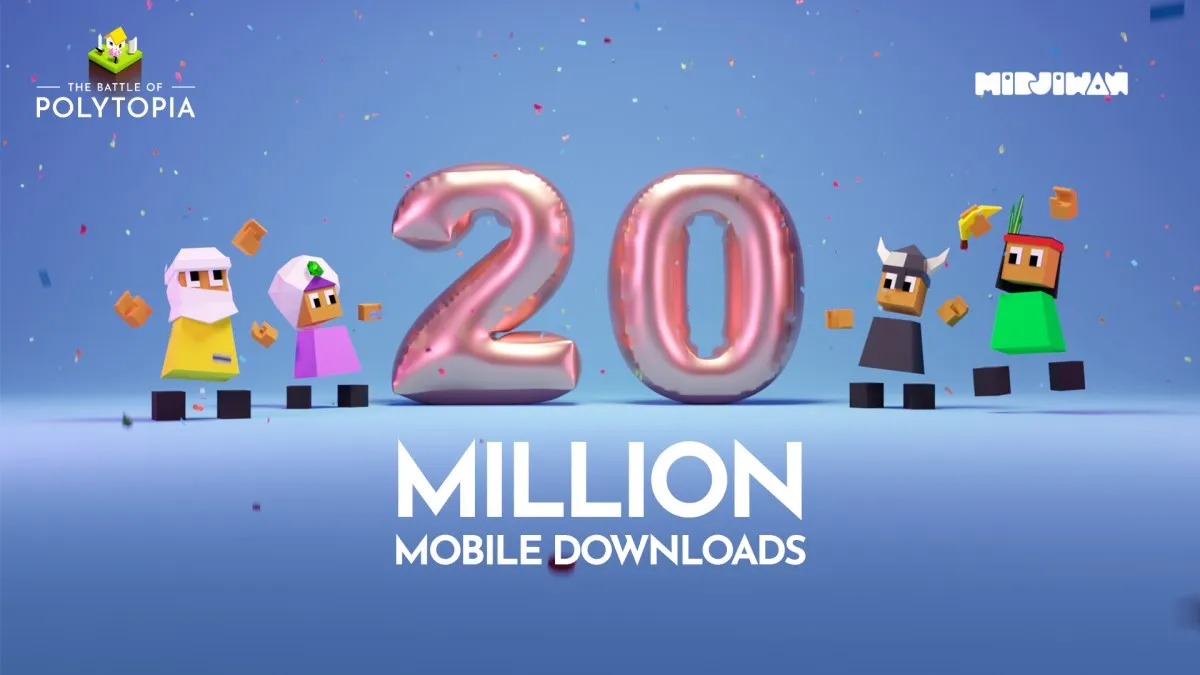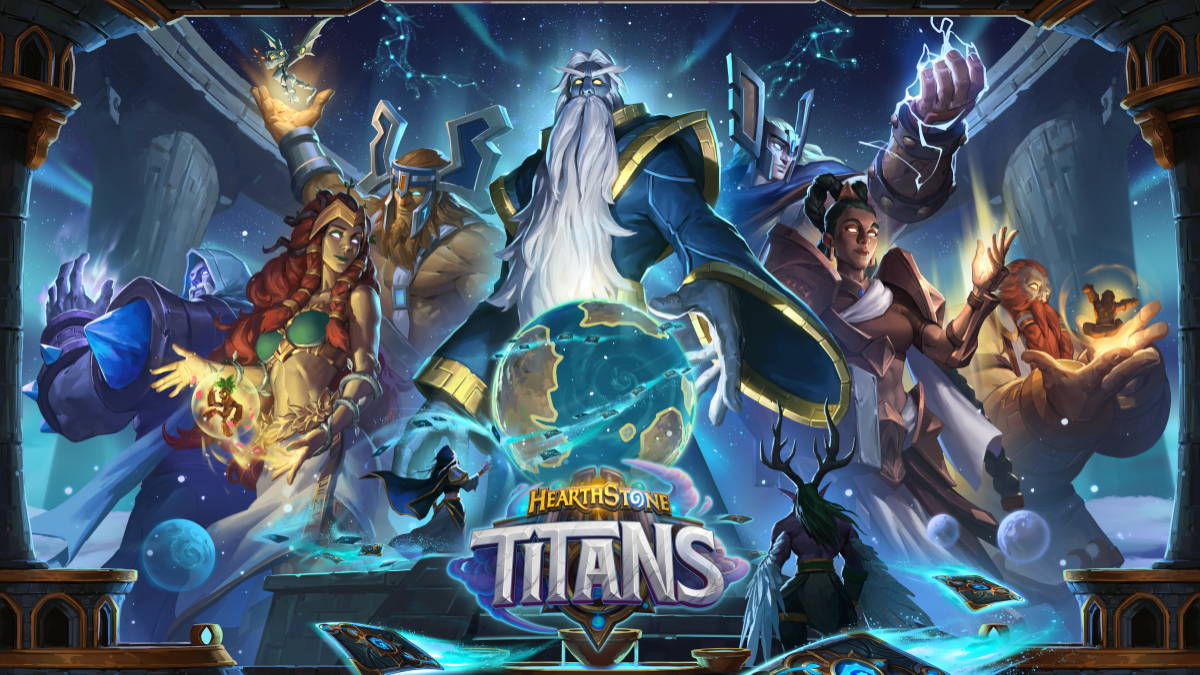We were rather jazzed when Artifact Entertainment agreed to our request to conduct an interview on their upcoming MMORPG title, Horizons. What we didn’t expect was the breadth of information that Steve Escalante, Marketing Director and David Bowman, Creative Director/Co-President provided to us in their replies to our questions. So kick off your shoes and relax since you’ll be glued to your screen for a while, reading some rather engaging information about what’s shaping up to be a breakthrough online RPG.For those not familiar with Horizons, can you provide a brief description of the game and its world?Steve:
Horizons is a massively multiplayer online role-playing game. People can decide which fantasy role to be and play online in a world of humans, dragons, goblins and other traditional fantasy roles. In this world you can construct your home, become a skilled tradesperson, set-up shop to sell your wares and live next to all your friends in your newly constructed frontier town. From hardened warrior to a generous healer, be it armor smith, tailor, builder or decorator – the skill and trade sets within Horizons allow you to complete your adventurous desires. Horizons is about community where people can meet and greet other online characters through our chat, community forums, or our animated expression sets. The world of Horizons is dynamic – it changes and grows with the community as the adventurers explore and discover new lands.
The main focus of Horizons is that we leave it in the hands of the player to decide which fate they choose. There are a multitude of roles players can take on – some bring danger, some excitement and all bring rewards of different types. This is truly a fantasy game, where the players can get all they want out of a character in a fantasy realm… because it’s fantasy.
The current screenshots from the game are most impressive. Can you tell us a little bit about the game engine?
David:
We are very proud of all of our technology. I’ll concentrate on the client side since that was the focus of your question. Here’s a quote from our website: “The Evolution client currently operates on the PC platform and uses the Intrinsic Alchemy development and run-time environment as the foundation of the engine. The client also includes many extensions to the Alchemy platform that have been developed in-house and have been incorporated from other third parties. The Evolution Client is built as a stand-alone development platform that allows rapid customization to represent whatever server side content needs to be communicated to the end user. The client consists of the Alchemy Rendering Platform, Custom Enhancements, and Communications Layer. As with the Evolution Server, the Evolution Client components can be used as stand-alone systems or combined together to create a complete implementation system.”
That’s the corporate marketing spin, but I’ll let you know that what it comes down to and that is, we get the benefits of any upgrades that Intrinsic makes to their rendering framework, and we can concentrate fully on making the client represent the world in incredible ways. Eitan Levy (Client Engineer) has developed an incredible particle system, complete with in-engine real-time editor. The particle system integrates seamlessly with the spell effects system – combining particles, geometry and animations in a way that no other game has. The weather system allows for local and regional weather such as storms marching across the landscape. The world spins and day and night come with celestial objects crossing the heavens.
Tony Bertapelli (Client Engineer) has created an amazing shader system that gives spectacular effects to the entire world. I can’t praise his water and cloth systems highly enough. The collision system allows artists and world builders to just create a model and place it into the world and it immediately functions appropriately. There are real-time dynamic shadows for characters and world objects.
Ben Spees (Lead Client Engineer) has architected a client that represents fully 3D environments allowing us to have our dragons soar through the sky. The animation system allows for animation blending – this, combined with the synchronized multiple entity animation allows for our groundbreaking realistic combat display. Our world builders use the actual game client to do terrain editing, texturing, blended texturing and object placement. The terrain system allows for dynamic height deformations of the terrain. We have a unique non-linear tinting system. The client has powerful 3D sound support combined with dynamic music and ambient sounds. An integrated dPVS component provides general-purpose dynamic visibility optimization, requiring no scene pre-processing and working with massive dynamic environments of any topological structure which means that we can put a lot of stuff in very close proximity without the traditional client-side performance hit.
Is there one current MMORPG that has impressed the development team at Artifact Entertainment – so much so, that it has provided some influence with your development on Horizons?
Steve:
Team members have designed, launched and supported other massively multi-player worlds, which contributes to quality decisions being made through the benefit of experience. In addition, it is important to know that we are all gamers here at Artifact. I would, as would the rest of the team, find it hard to restrict it to any one game, rather to say that we have learned from all of the massively multi-player worlds including the text-based ones. They have all had an influence on Horizons. An additional benefit we have, is the experience of playing games from many different genres, and to use that knowledge to create a game that is rewarding, fun and exciting. We are fortunate to be a part of the entertainment industry, and without a doubt we are creating an entertainment product.Now on the flip side, what do you feel are the major weaknesses with today’s MMORPGs and is the development team trying to address these issues with Horizons?
David:
It would be impolite to focus hindsight publicly on any particular product, but we have spent a great deal of time internally analyzing the decisions made on previous products (including ones we helped create). Repetitive, boring actions are too common among massively multi-player products. The interfaces are poorly designed and difficult to navigate. The advancement of characters is the focus with no thought given to what the characters can do with their newly won powers, other than continue to perform the same actions that gave them those powers. The characters all look the same and any visual changes are insignificant. The ability to create new items and be rewarded for creation is not well supported (as opposed to only being rewarded for the constant destruction of infinitely respawning monsters).First attempts at 3D persistent worlds were severely hampered by technology. Worlds weren’t continuous, but were divided into many small pieces. The more characters in a multi-player game that tried to get together to play, created server slow downs that discouraged the social experience that is at the center of multi-player. Communication between players was not integrated as a priority and the previously mentioned poor interfaces made it difficult to enjoy interacting with other players and the game while trying to communicate.
The largest single issue is the inability of players to interact with the world. The world is just a pretty, (or not so pretty) backdrop against which players interact with players and computer controlled characters. We have spent a great deal of our efforts toward making Horizons an interactive world. Some companies talk about “second generation” technology when all they mean is a prettier client engine that is still tacked onto a first attempt at server technology. The world looks better, but you still can’t interact with it in any significant way. In Horizons, you can explore the seamless world and own some land that you’ve discovered. You can then develop that land in the way that you want. If you can afford to build multiple buildings and yo anough, then buoe cun aftorn toild a town, or a castle, or just a nice retreat from the conflict of the world.
Operating live worlds proved to be difficult because no thought was given to the tools necessary to monitor and maintain live worlds. (Nobody had experience doing this, so it is not surprising. Most developers were used to the concept of creating product, and then patching code errors. They were not ready for providing customer service and doing live entertainment.)
Since I mentioned all of the above problems, it is safe to say that the Horizons team is addressing each of them. We will be discussing each of the solutions as we go forward into our Beta.
If you were to pick a handful of items that makes Horizons unique and possibly compelling enough to pull RPG gamers away from other MMORPGs, what would they be?
Steve:
The first would have to be the community building. In Horizons you are able to explore a frontier land, discover the riches and monsters that inhabit that space and choose to settle there. If I am highly skilled in the building trades, then I may be able to build it myself. If I am an adventurer and not a crafter, then with sufficient gold I can hire anyone to build my home for me. Regardless, tradesperson or adventurer, I get to pick out the style of house I want. Then I get to decide where I want it placed on my newly acquired land. Next I decide to plant a grove that circles my property, while my neighbor in the next land plot has a herd of animals and a nice garden. Perhaps I place a guesthouse next to the forge and shop I placed in the center of my land. As a property owner I have decided to open my shop for business to all travelers – I do this because most of my neighbors have decided to only allow their guild members to use their forge and take or buy items. One of the other property owners built it only for him and his friend that seem to never be at a loss for resources to make new stuff (word has it they sell it to players through different means).
I think you get the point with community building. This is not to say that the entire countryside will be littered with house after house or development after development. Horizons is a well thought out world and certain regions will not be hospitable, other regions will be down right tough to live in without a large group of supporters and friends as the monsters always seem to attack that village. Other products tend to just churn and burn with their combat systems giving no real reason to fight other than to fight some more. Horizons adds a strong element of supporting your trade organization, a town or peaceful peasants, or your own homestead itself.
In a follow-up issue we will reveal more about the power of this system.
The second would be the combat experience. As your character fights, they don’t just stand there and exchange blows that pass through the other character. Your character blocks and parries the blows using their shield or sword. They twist nimbly aside as a blow from a skeleton’s axe barely misses their head. When they land a blow on their opponent the opponent visibly reacts to the impact. The richness of this visual experience will force other games to try to live up to the Horizons standard.
A third would be our diverse and customizable player character appearance system. This diversity extends to the ability to be a fire-breathing, flying dragon with a range of texture, color and geometry modifications for your appearance.






Published: Apr 21, 2008 04:30 pm